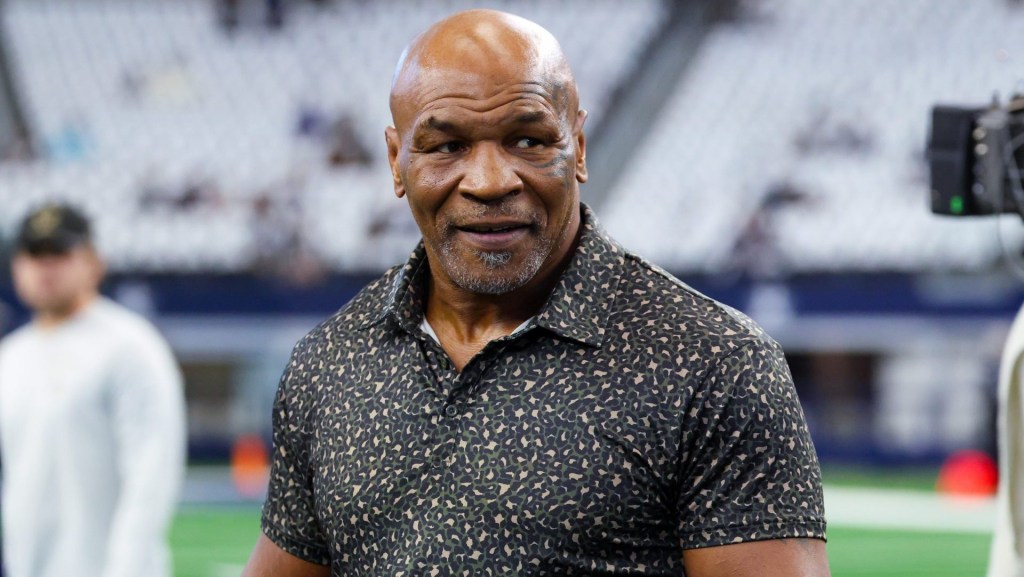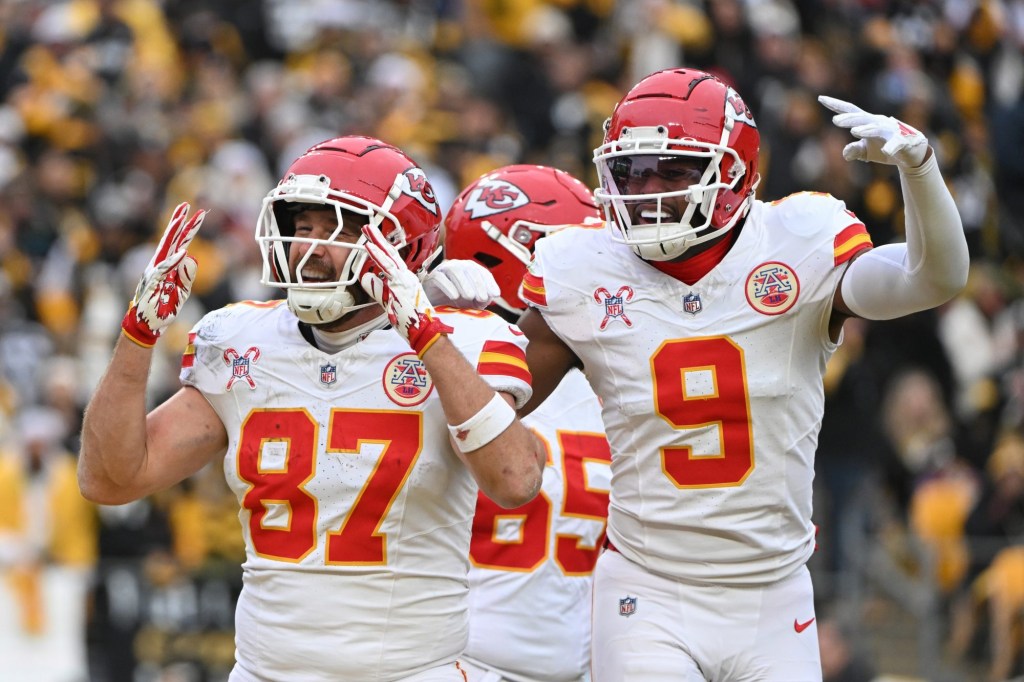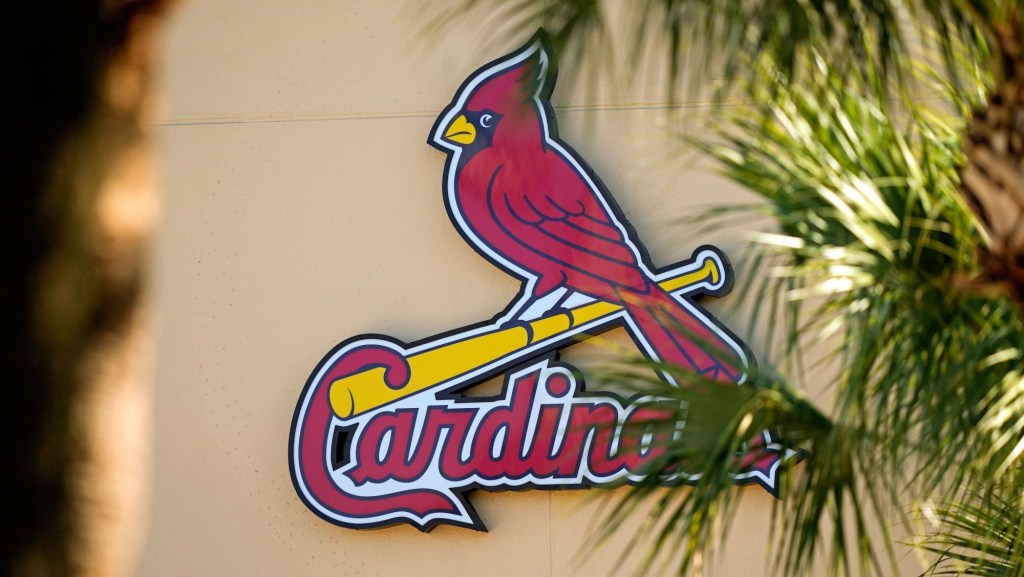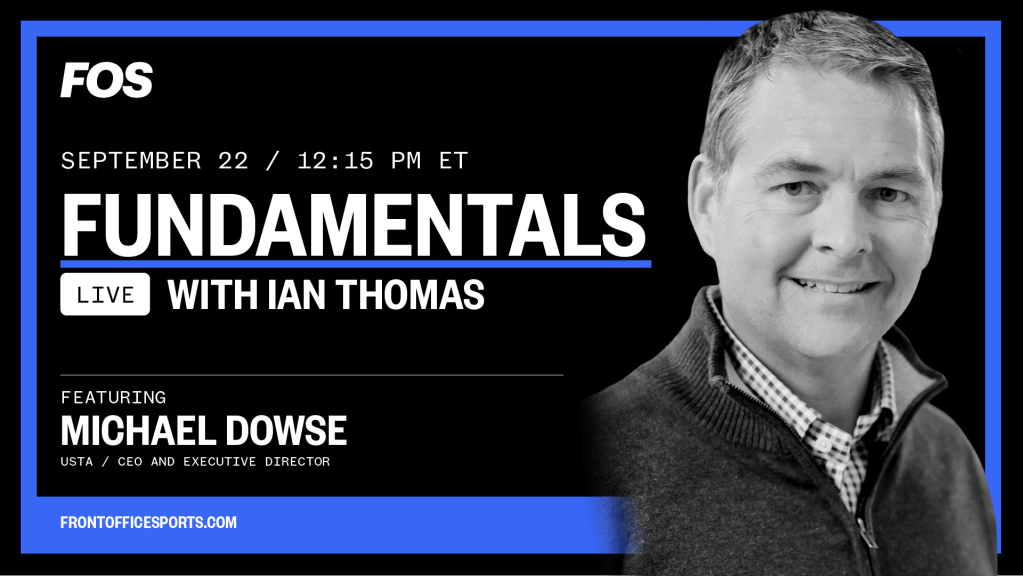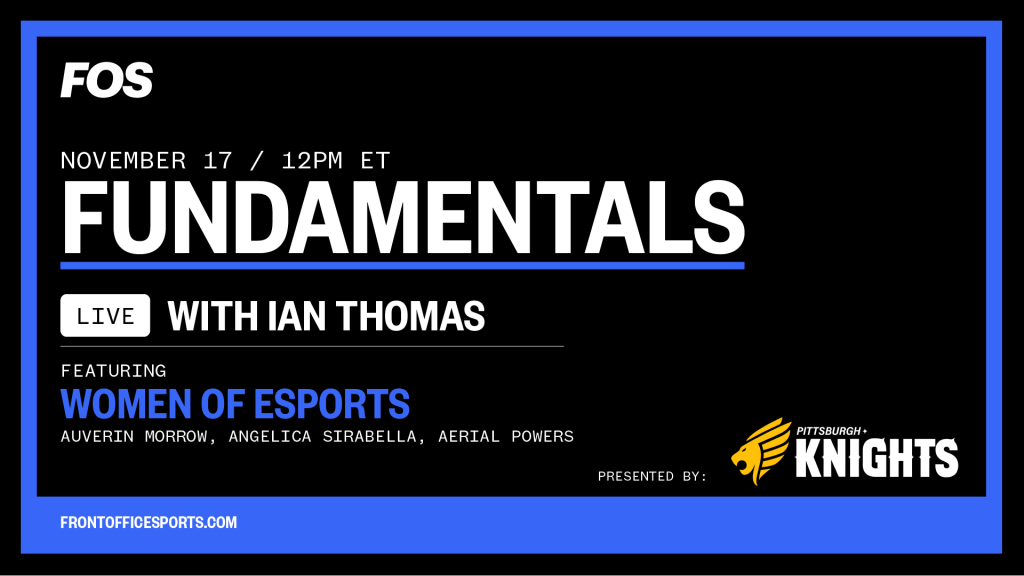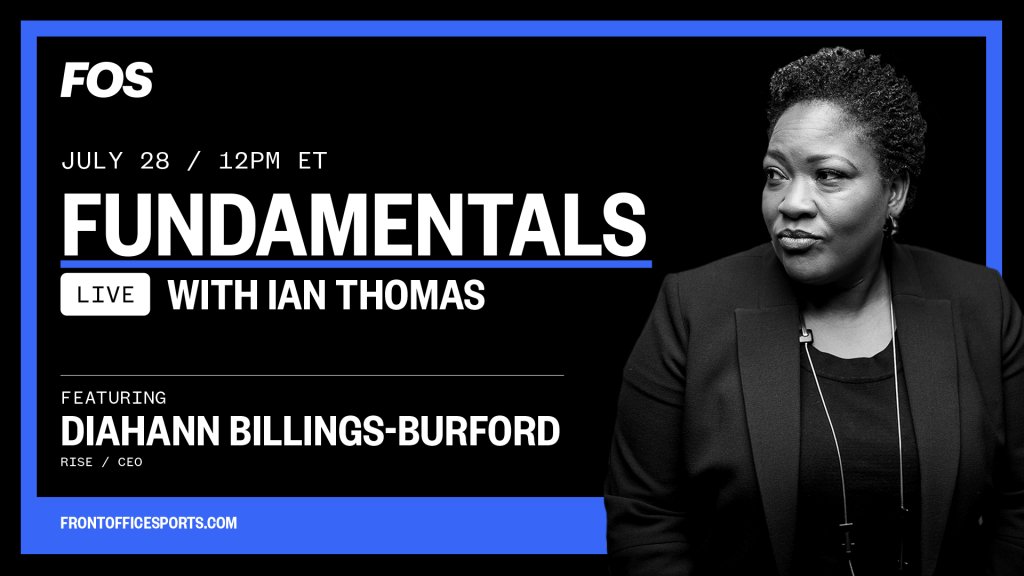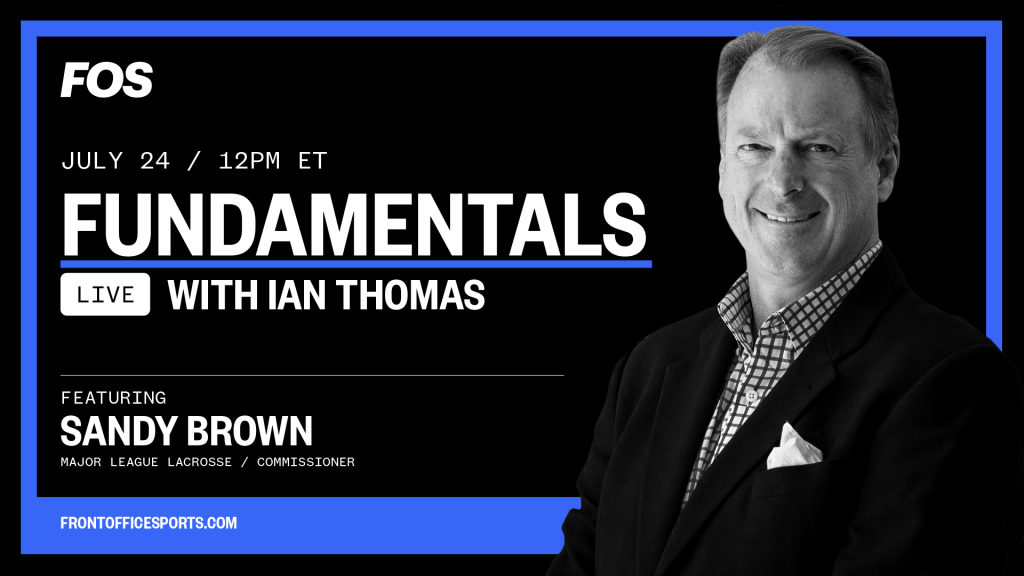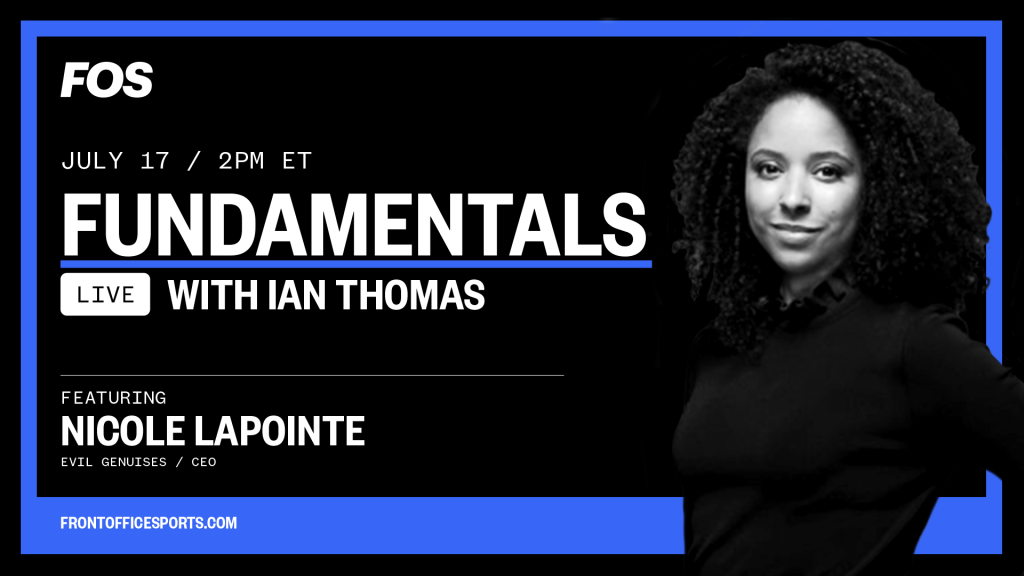(Citrin Cooperman is a proud partner of Front Office Sports)
The space of sports broadcasting has grown leaps and bounds in the last ten to fifteen years. With the help of automated and remote production technology, events can now be broadcast with relatively little budget and with less effort than in years past.
FOS Editor Ian Thomas chats with Ben Reynolds of Spalk about how his company’s virtual commentary tools are changing the way sporting events are broadcast as well as the space as a whole.
Edited highlights appear below:
On the impetus for starting Spalk and uses for the technology (0:24)
Reynolds: “We have what we call a virtual commentary studio. We’re helping leagues, teams and broadcasters easily produce multiple different tracks for any one of their live broadcasts. The way we do that is with a virtual studio sitting in the cloud. That means commentators can call games from home rather than having to fly to the venue. We’re working with leagues like the NBA G-League, World Rugby, a ton of Olympic sports and federations and really helping them just talk to more fans in different styles and different languages and things like that. “
SEE MORE: Shot Callers: Don White, CEO, Satisfi Labs
On what types of properties gain the most from working with Spalk (01:11)
Reynolds: “Our sweet spot has been multi-lingual. The obvious opportunity, particularly here in the U.S., is the Spanish-English opportunity for sports leagues. We do a lot in Europe. So the hockey federation, the Triathlon Federation, World Rugby fever and Olympic sports are producing content for a global fan base, but it’s just too costly for them to fly three different commentary teams to every single event they’re producing. And so they end up using our system to make it really simple to have the French commentator sitting in Paris and the English commentators sitting in New York and the Spanish commentator in Europe for example.”
Differences between pitching their product in Europe vs the U.S. (3:10)
Reynolds: “We assume that the same sales pitch that we use in Europe, which is the multi-lingual feed would work the same here. What we’ve found is we’ve had to adapt the pitch quite a bit for the U.S. and North American market. The fan engagement piece is more important. The influencer commentary is more important. The athlete oriented commentary is more important. And then the diversity of the commentary lineup is also an important part of the pitch, whether it’s having an all female broadcast team or a youth broadcast, things like that.”
SEE MORE: Shot Callers: Adi Kunalic, Co-Founder, opendorse
On how virtual production tools help develop broadcasting talent (4:31)
Reynolds: “Commentary is hard. It’s a real skill, right? I think coming into this, a lot of people expect that you can just hand a former player the microphone and they should be able to commentate…In practice you need a lot of time and a lot of experience time behind the microphone, getting used to how you’re telling a story throughout the game and understanding who the players are and what they’ve been doing for all their training and what their form is like and things like that. So we’ve found is we’ve had to spend a lot more time on skills development for commentators and you can’t expect a former athlete to come straight onto the microphone and perform. I think what a lot of leagues are looking at us for is not only the fan engagement piece, but also as a way to do talent recruitment and talent management. [Look at] a league like the MLS where they produce commentaries offsite in a facility in Florida. We help develop some more local talent for a league like MLS or the USL. So suddenly they can have a dedicated Austin FC voice who is the commentator for that team because they know that area and they can call them directly from that location.”


